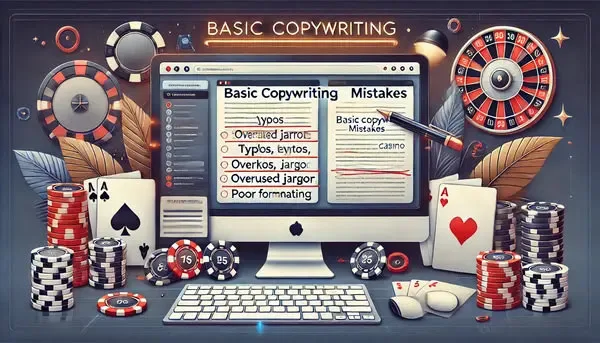
How to Assemble a Semantic Core for a Website
In the digital era, your website is more than just a space on the internet; it’s a reflection of your brand, your business, and your expertise. To ensure that your site reaches its potential audience, it is paramount to focus on its search engine optimization (SEO). A crucial element in this journey is developing a robust semantic core. This article will guide you through the intricacies of a semantic core, its types, the concept of clustering, and tools that can assist you in this process.
What is the Semantic Core?
A semantic core is a collection of keywords and phrases that represent the essence and content of your website. These keywords are not chosen randomly but are a direct representation of your business, products, services, or content. By carefully selecting and optimizing these terms, you ensure that search engines understand your site’s purpose and can match it with relevant user queries. Essentially, a well-built semantic core ensures that the right audience finds your website when they search online.
Types of Key Queries
- Navigational Queries: These are searches made by users when they are looking for a specific website or page. For instance, a user might type “play online casino Forbes” to find the exact Forbes article discussing online casinos.
- Informational Queries: These are searches when users seek knowledge or information. For example, “how does an online casino work?” is an informational query.
- Transactional Queries: This category includes searches made by users when they’re prepared to make a purchase or complete a transaction. A search like “best online casino bonuses” is a classic example.

What is Clustering and Why is it Needed in SEO?
Clustering in SEO refers to the process of grouping together similar keywords from your semantic core. By organizing these keywords, you can optimize specific pages on your website for a group of terms rather than individual ones.
So, why is this essential?
- Efficient Optimization: Rather than creating multiple pages for closely related terms, you can have one well-optimized page.
- Relevancy: Search engines, especially Google, prioritize relevancy. By targeting a group of related terms on one page, you increase the relevancy of that page to those searches.
- User Experience: Clustering helps in delivering a cohesive user experience. When related queries lead to a comprehensive page, users find it more valuable and are likely to stay longer.
Services for Collecting the Semantic Core
A wide array of tools and services can assist you in gathering and refining your semantic core. Here are a few notable ones:
- Google Keyword Planner: An old favorite, this tool provides keyword ideas and traffic estimates, helping you choose terms relevant to your business.
- SEMrush: This platform offers detailed keyword analytics, helping you uncover terms your competitors are using and identify gaps in your own core.
- Ahrefs: Known for its backlink analysis, Ahrefs also has a powerful keyword explorer tool that provides keyword ideas and metrics.
- Ubersuggest: A freemium tool that offers a plethora of keyword suggestions based on your input.
By leveraging these tools, you can ensure that your website’s semantic core is not only exhaustive but also tailored to your target audience’s needs.




